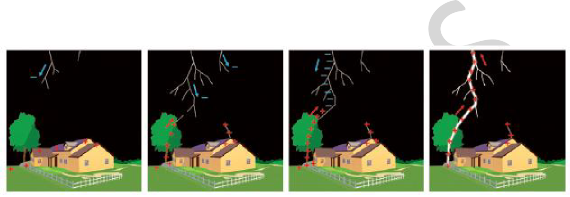Figure 33 – three stages in the development of a thunderstorm: (a) cumulus stage; (b) Mature stage; (c) Dissipating stage
Dissipating stage: It is characterized by downdrafts throughout the entire cloud. Decay often begins when the super-cooled cloud droplets freeze and the cloud becomes glaciated, which means that it contains ice crystals. The cloud begins to collapse because no additional latent heat is released after the cloud droplets freeze, and because the shadow of the cloud and rain cooled downdrafts reduce the temperature below the cloud.
7.3.1. What Causes Lightning and Thunder
The rising air in a thunderstorm cloud causes various types of frozen precipitation to form within the cloud. Included in these precipitation types are very small ice crystals and much larger pellets of snow and ice. The smaller ice crystals are carried upward toward the top of the clouds by the rising air while the heavier and denser pellets are either suspended by the rising air or start falling toward the ground. Collisions occur between the ice crystals and the pellets, and these collisions serve as the charging mechanism of the thunderstorm. The small ice
crystals become positively charged while the pellets become negatively charged. As a result, the top of the cloud becomes positively charged and the middle to lower part of the storm becomes negatively charged. When the strength of the charge overpowers the insulating properties of the atmosphere, lightning happens.

The channel of air through which lightning passes can be heated to 50,000°F—hotter than the
surface of the sun! The rapid heating and cooling of the air near the lightning channel causes a
shock wave that results in the sound we know as “thunder.”
At the same time, the ground underneath the cloud becomes charged oppositely of the charges directly overhead. When the charge difference between the ground and the cloud becomes too large, a conductive channel of air develops between the cloud and the ground, and a small amount of charge (step leader) starts moving toward the ground. When it nears the ground, an upward leader of opposite charge connects with the step leader. At the instant this connection is made, a powerful discharge occurs between the cloud.
